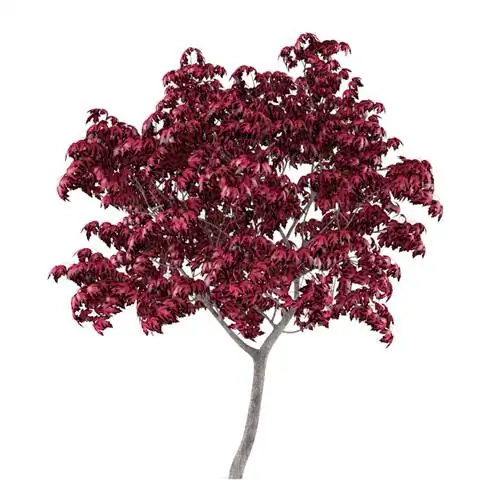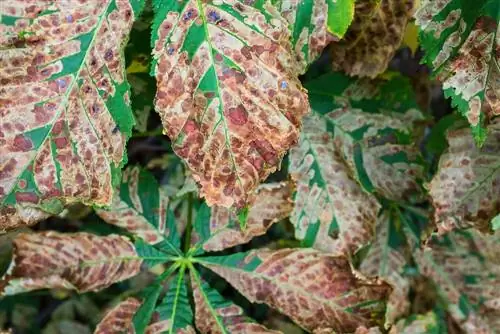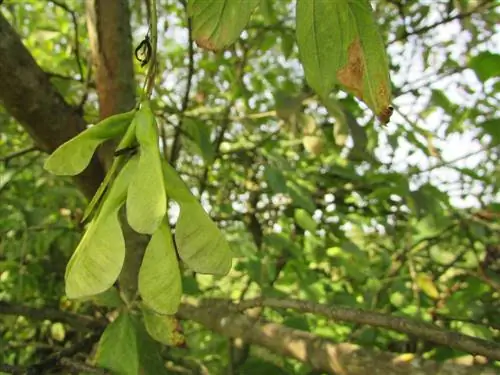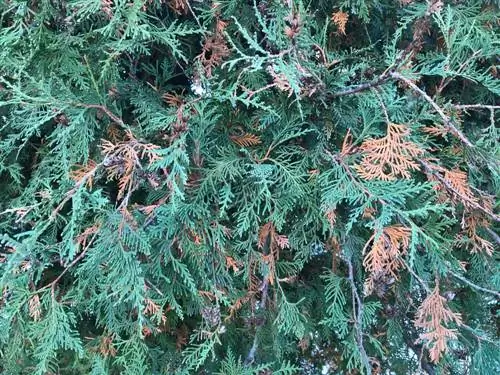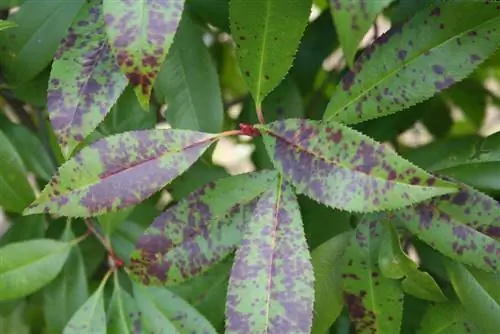- Author admin [email protected].
- Public 2023-12-16 16:46.
- Last modified 2025-01-23 11:20.
Whether Japanese maple, golden maple or Japanese maple - the numerous species and varieties of Japanese maple can be found in many gardens. Basically, the exotic tree is quite robust against diseases and pest infestations, but it is not immune to the dreaded and dangerous Verticillium wilt. Instead, the Japanese maple, like all maples, is considered particularly susceptible to this fungal plant disease.
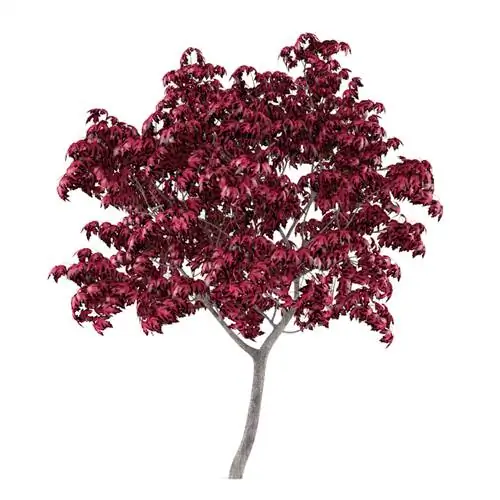
How do I recognize and control verticillium wilt on the Japanese maple?
The Japanese maple is particularly susceptible to the fungal disease Verticillium wilt. Symptoms include wilted, pale leaves, cracked bark and dying shoots. A cure is rare, infected areas should be removed generously and the tree replanted in fresh soil.
Symptoms
Verticillium wilt is caused by fungi of the genus Verticillium, which mostly live in the soil and also penetrate the plant from there. A possible infestation can be recognized by the following symptoms:
- Until recently strong, green leaves are wilting
- Leaves are pale in color and droopy
- If the infestation is already severe, the bark is no longer smooth but cracked
- Branches and shoots die for no apparent reason
When diagnosing, however, it should be noted that some symptoms can also have another cause. Limp, dry leaves, for example, can also be an indication of a lack of water or, on the contrary, waterlogging. So before you take drastic measures, first pay attention to finding the exact cause.
Combat
Unfortunately it is not possible to successfully treat the fungus with a fungicide, and various home remedies are not helpful either. The only way to combat it should be as early as possible and at the first signs - but even then the infected Japanese maple can only rarely be saved.
- Cut off the affected areas generously
- and treat the interfaces just as generously with tree wax (€11.00 at Amazon).
- Dig up the tree if possible
- and place it in a pot with fresh soil.
- Then disinfect the cutting tool thoroughly
- and under no circumstances throw the highly infectious clippings into the compost.
Above all, make sure that you do not plant any plants susceptible to verticillium wilt in the affected location, as the pathogen remains in the soil. Before replanting, the soil should definitely be replaced.
Prevention
You can only prevent infection with the Verticillium fungus by carefully selecting the location, for example by not planting susceptible plant species (such as the Japanese maple) where the pathogen has already appeared. Incidentally, this also applies to new planting after soil replacement; even then, trees that are as resistant as possible should be selected.
Tip
Pears, walnuts, oaks and willows are considered resistant to verticillium wilt. Conifers are also considered to be comparatively insensitive.

